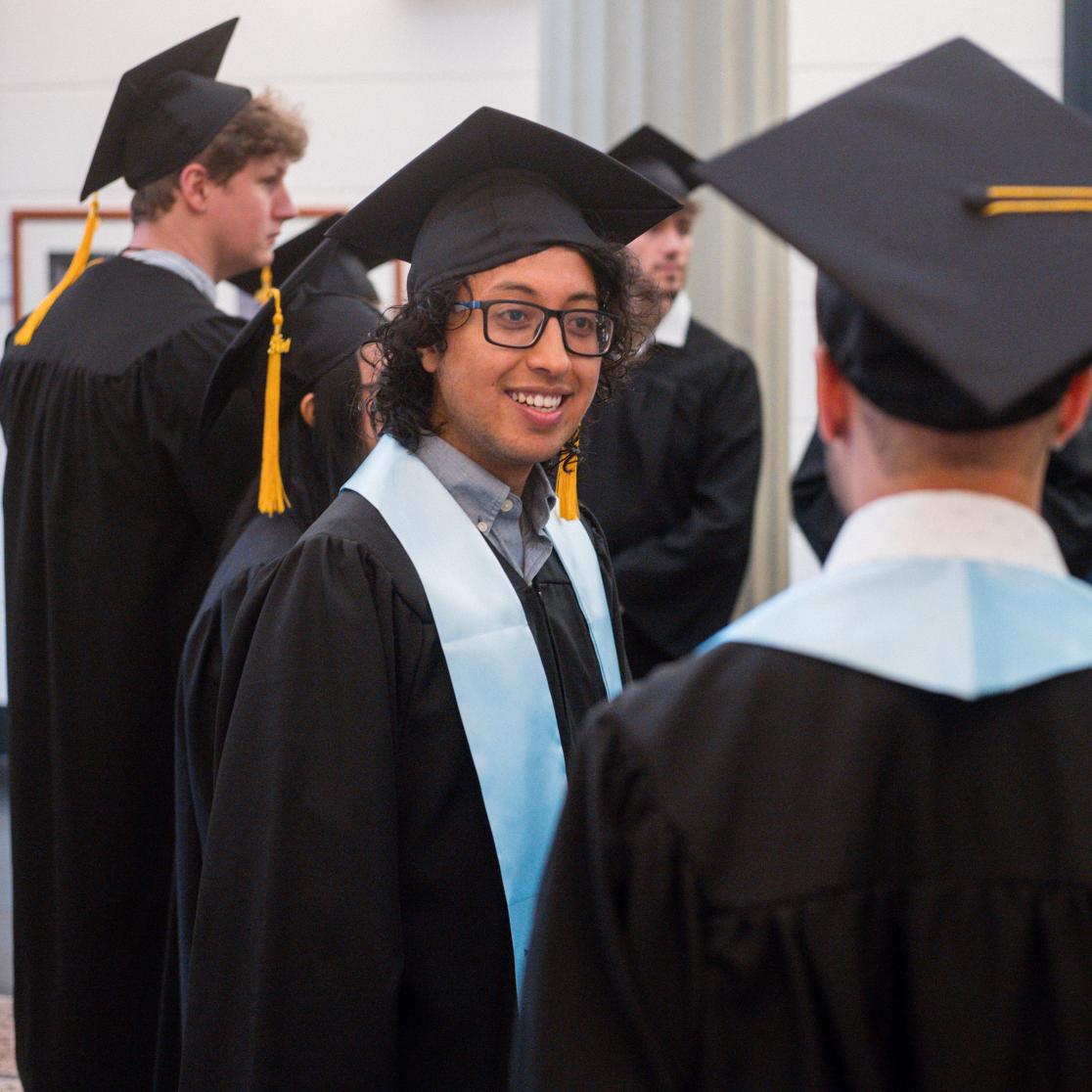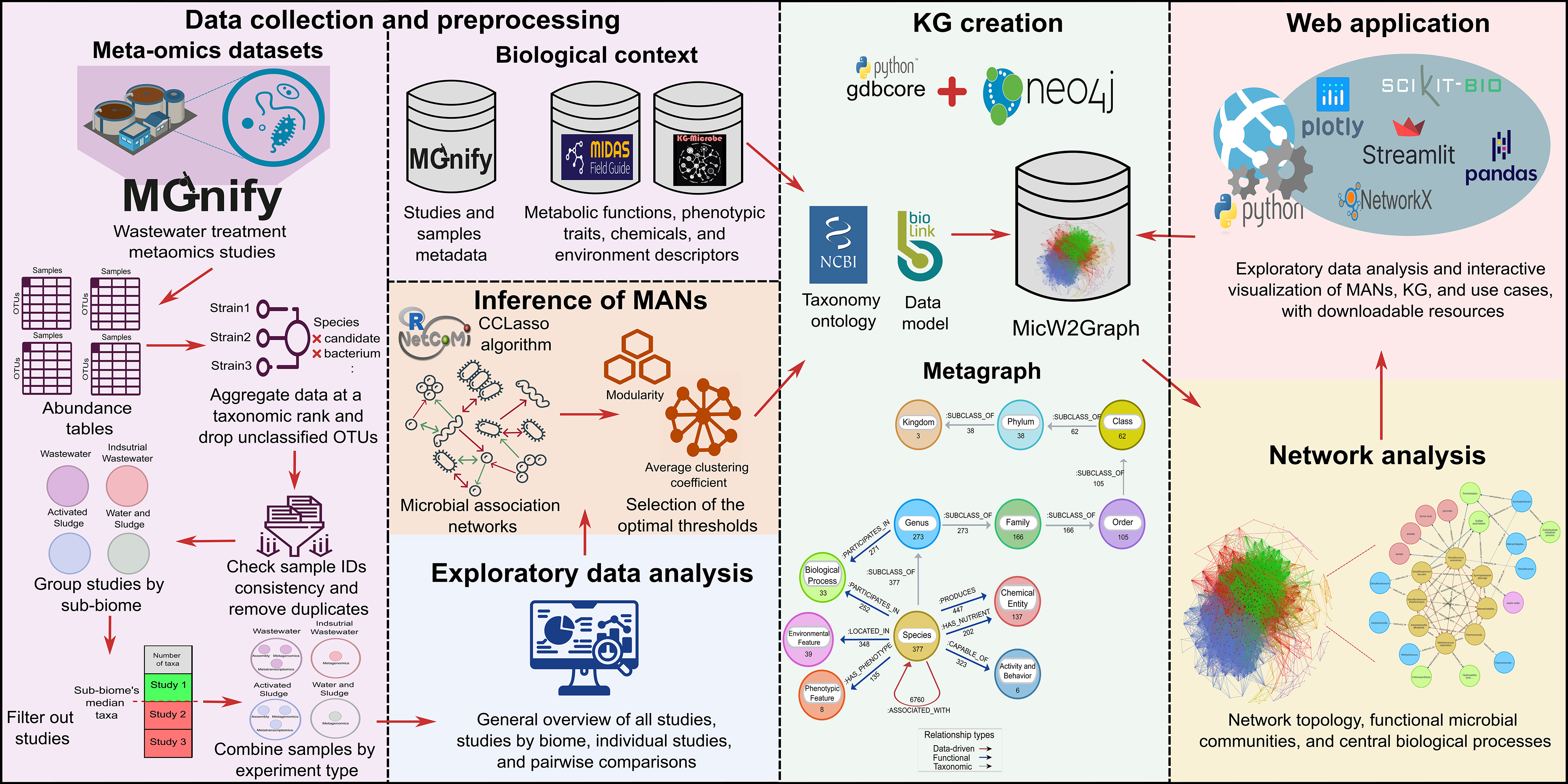Improved wastewater treatment thanks to Systems Biology
Sebastián Ayala Ruano focused his Systems Biology master’s thesis research on the microbiome of wastewater. His work resulted in a model that predicts how microorganisms in the contaminated water behave and interact. His research won the MacsBio Master Thesis Award; he graduated cum laude.
Wastewater contains an abundance of microorganisms, collectively known as the microbiome. Many organisms help to purify the water by breaking down pollutants. Improving the living conditions of these beneficial microorganisms would increase the efficiency of wastewater treatment. Sebastián tried to figure out how to improve these living conditions. Luckily, many data on the microbiome of wastewater are available, which is one of the reasons Sebastián chose to work on this topic. “During my studies I focused a lot on health research; now I wanted to get experience in some environmental topics as well.”

Microorganisms
Supervised by dr. Alberto Santos, of the Novo Nordisk Foundation Center for Biosustainability in Copenhagen, Sebastián started gathering data. “We collected metaomics data, which is information about DNA and RNA sequences and metabolites found in wastewater samples. This information helps you to identify the species of microorganisms found in the water. We combined the data with information on the way microbes metabolise pollutants, as well as environmental data from wastewater treatment facilities worldwide and other sources where these microorganisms thrive.”
Sebastián created a knowledge graph, MicW2Graph, a model that depicts the interactions of microorganisms and their biological ecosystem. “This allows us to identify groups of microorganisms that will possibly collaborate to remove pollutants from wastewater. We tested the model by predicting the outcome of previous research, and we discovered that our predictions matched these studies’ findings. We can now use the model to identify keystone species and metabolic clusters for additional laboratory research. This enables us to learn how to optimise the wastewater treatment process by improving the conditions for beneficial microbial communities.”

Moving in and out
Before coming to Maastricht, Sebastián studied Biotechnology Engineering in Ecuador. "In addition to my biotechnology major, I took a minor in software engineering. While looking for a master's programme, I discovered that Systems Biology at Maastricht provided the ideal combination of both topics. When I won the Maastricht University NL-High Potential Scholarship, I decided to move to Maastricht.”
Sebastián will soon leave the city for his new job in Copenhagen, where he will continue his research on MicW2Graph. He leaves Maastricht with mixed emotions. "In Maastricht, I made numerous friends and learned a lot about systems biology, as well as myself. I grew as a person in part because I had to manage living abroad, far away from my family. I will remember these past few years as the best life experiences I had. On the other hand, I’m happy to see what will come next.”

